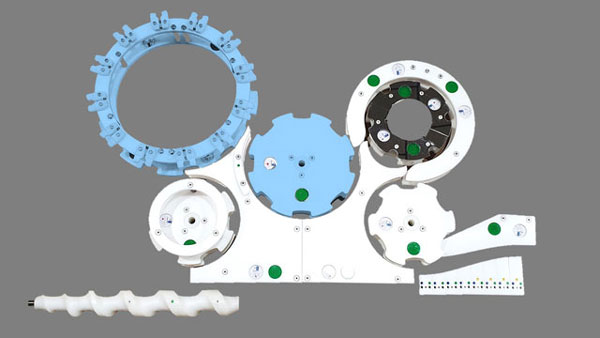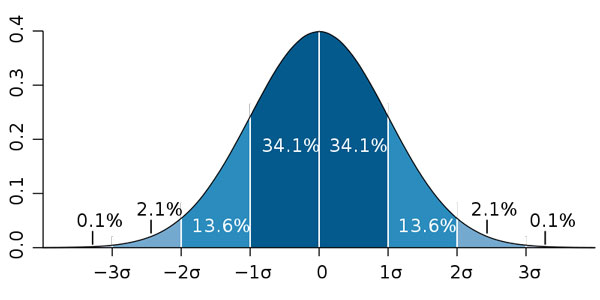This is a common question in my business: Rotary Filler or Linear Filler?, and it is also the first point to determine when you are writing your URS. Recently I had this discussion with a Worldwide Large Multinational engineering team. In essence, they were determined to invest in a new filling line for personal care liquid product with dosing pumps and screw-on caps. The first thing that comes to mind is that there are many alternatives in the market with many different technologies as well as the new trends in the packaging machinery market are rising, but how can you be sure that you make the right choice?
Many people choose Linear Fillers to reach medium / high speed because they believe this will help them to save money.
Apart of Rotary Filler or Linear Filler there are other alternatives that I will analize in next publications. Today let me talk about the most common applications for moderated and high speed.
Rotary Filler or Linear Filler? Let’s face the numbers
1. Demystifying Changeover
Once you operate at speeds above 60 u.p.m. with either Pumps or Caps you need a multiple-head capping machine capable of a higher capacity. This machine already includes a specific infeed screw, infeed starwheel, back guides, central starwheel, discharge starwheel for each bottle format and a reject device.

When combining Filler in one Monoblock only two additional starwheels are required: One for the Filling carousel and another one for the transfer from the Filling to the Capping carousel. The additional cost of this extra starwheel is negligible in relation to the total budget for each bottle format.
2. Product savings
A smooth, continuous filling operation instead of a start/stop process helps maintain a constant pressure in the Filler’s product path. Product flow control variations significatly impacts Filling Accuracy.

We can estimate that in the first year, producing 9 to 10 million bottles should yield a total savings around 20 to 30 tons of product.
3. Product Contamination
When both, filling and capping operations are done in the same machine base, you won’t have opened bottles any more moving down the line to the capping machine. There would be no more risks of contamination, fallen opened bottles, product splashing when bottles accumulate in the entry of the capping machine, etc.
It is true that there are hybrid solutions that combine a Linear Filler and an Intermittent Closer on the same base. In this case, there is no risk of contamination. We are using a Monoblock.
4. Quality Control
Each bottle is monitored from the time they enter the Monoblock. This means that we will know about any incident that may happen to bottle and we will reject when it leaves the Monoblock: empty bottles, overfilled / underfilled bottles, (cocked) unseated closure and closure missing bottles, etc.
In summary, Rotary Filler or Linear Filler which is the best option?
In order to choose between Rotary Filler or Linear Filler, you should take into consideration if you need flexibility and speed in your filling lines. So, with this in mind, let’s answers the previous questions.
Do you need Flexibility?
For low and moderated speeds that require high flexibility, linear machines have some great advantages:
- No need of changeover parts in the Filler.
- Only one starwheel in the Capper for each different bottle.
- Only one capping chuck for each different closure.
Linear represents the cheapest solution when a combination of low speed and high flexibility is required. Certain processes and changeover sometimes require manual operations but on the other hand the Linear Filler is ready for a totally new bottle in minutes adjusting different elements suchs as guides, alignment of the filling heads, etc.
Do you need Speed?
Apart from the considerations about change over elements, product savings, product contamination and quality control there are a few more aspects that become important on high speed lines:
- Reduced footprint.
- Fool-proof format change-over and no need to fine-tune adjustments.
Not sure about what machine you need? Rotary Filler or Linear Filler?
Maybe you are ready to optimize your manufacturing process but you are not sure about what kind of technology you need. There are many different players offering different alternatives, some of them only offer the linear or the rotary alternative, others offer you both. Make sure to take into account all the different aspects described in this article.
In any case, this question is the beginning of a new challenge.





